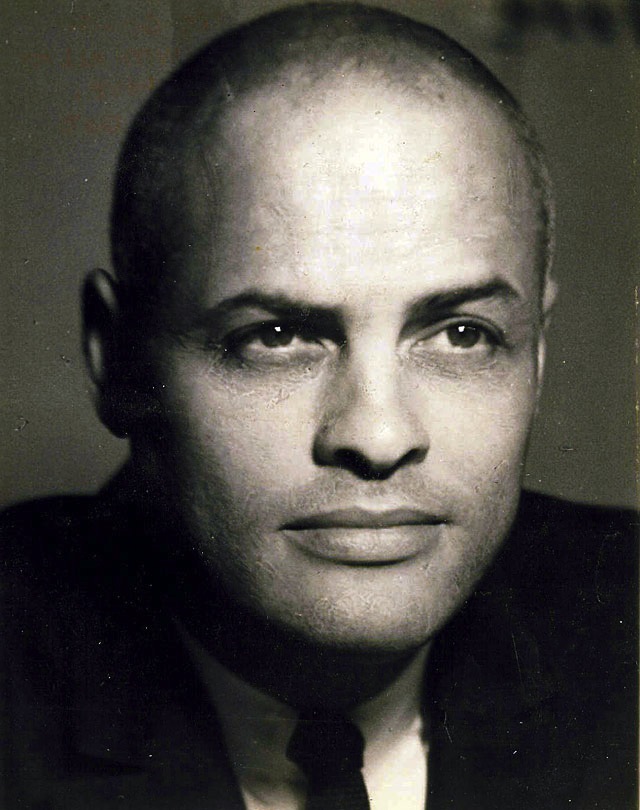August 16, 1963: In a historic moment for American art and Black achievement, television and advertising executive George Olden became the first Black person to design a United States postage stamp. The stamp commemorated the 100th anniversary of the Emancipation Proclamation, the pivotal Civil War-era document that legally freed enslaved Black Americans in the Confederacy.
Olden’s design—a powerful image of a broken chain set against a bold blue background—was carefully chosen to symbolize liberation from bondage and progress toward freedom. The stamp’s unveiling on August 16, 1963, marked not only a celebration of emancipation but also a breakthrough moment for Black creatives in a field that had long excluded their perspectives.
Born in Birmingham, Alabama in 1920, Olden came from a family deeply rooted in faith and resilience—he was the grandson of a slave and the son of a Baptist preacher. After moving to Washington, D.C. and attending Dunbar High School, one of the first public high schools for African Americans, Olden studied at Virginia State College. His education and early experiences fueled his creative ambition.
Olden’s career took flight during World War II when he worked as a graphic designer for the Office of Strategic Services, the forerunner to the CIA. After the war, he was recommended to CBS, where he revolutionized television graphics and developed imagery for shows such as “Gunsmoke,” “I Love Lucy,” and “Lassie.” He was one of the first Black Americans to work in network television—a rare accomplishment in the pre-Civil Rights era.
In the 1960s, Olden transitioned into advertising, quickly rising to become Vice President and Senior Art Director at McCann Erickson, one of the world’s top ad agencies. In 1963, the U.S. Postal Service commissioned Olden for the prestigious job of designing the centennial Emancipation Proclamation stamp. The stamp was introduced at a special White House ceremony attended by President John F. Kennedy, who praised both Olden’s achievement and the significance of the anniversary.
A trailblazer in his field, Olden’s work continues to inspire creative professionals and represents a legacy of perseverance and innovation. The stamp remains a valuable artifact and a testament to the ongoing contributions of Black Americans to U.S. history and culture.




